Different yet Similar. Steve’s vision on his favourite beverages

Sommelier and Sake Expert Steve Darazs from Izakaya Fujiyama
[ Profile ]
Born in Hungary and moved to Australia 8 years ago, Steve has been working in the hospitality industry ever since. It was about 6 years ago when he started working more towards wine. Steve accepted the offer to work with Kenji as the sommelier at Izakaya Fujiyama in September, 2011.


— How is sake doing in Sydney?
It is growing. All the new izakaya style restaurants, and even contemporary European restaurants are picking up a lot of sake. I think the number one reason is that sake is so much easier to match with food. Sake is not as “offensive” as wine in terms of acidity and tannin levels. The same thing might not be applicable to shochu, but other sake (nihonshu) are certainly much easier to pair with food.

— What do most Australians like?
Depends on the person and the situation, but most Australians like sweeter stuff. Ladies usually prefer sake that are easier to drink, the so called “feminine sake”. Just tell me your preference and I can come up with something to your liking. For example most people think of umeshu as a sweet dessert wine, but two of the many umeshu we have here, Izumibashi Umeshu and Awamorishikomi Kokuto Umeshu are quite different. Izumibashi is somewhat like Sherry, more sour and a bit dryer, while Awamorishikomi is a little bit like Madeira. There is always a fit for everyone.

— Does sake also go well with western cuisine?
There are good options for that, too. Some sake with stronger characters can be similar to the structures of full-bodied white wines. For example, stronger-charactered jyukuseishu, kimoto and yamahai can stand up to stronger tasting food.
On the contrary, I think some delicate Japanese dishes like sushi and sashimi, daikon (Japanese radish) don’t really go well with wine. Of course there are chances that you find the right wine, but I think sake is much better. Ginjo and daiginjo especially, go very well with that kind of delicate food.
* Kimoto and Yamahai have complex, rich and earthy set of aromas, often having nutty, spicy, woody, even burned rubbery
notes. Sake made this way have more palate weight with more amino acids and strong, tangy, flavours.
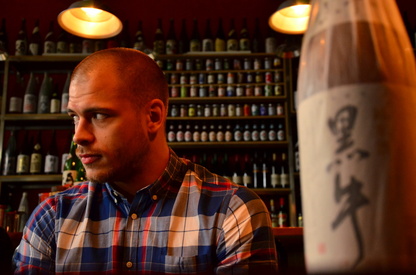
— Is that why you like sake so much? Any personal favourite?
Yes, one of the reasons.
I am being completely honest here that I like them all! My favourites at the moment would be yamahai and muroka nama genshu. I absolutely love all junmai! Not much of honjozo, maybe shochu occasionally. I haven’t tried many shochu yet, but I like sweet potato ones because of the sweeter note. Also, mugi (barley) ones are great because I am a big fan of stronger tasting single malt.

— How should we enjoy shochu then?
Shochu is a quite different from nihonshu. I think it is a little aggressive for most European palates. For first timers, I would say on ice because shochu is higher in alcohol content with stronger alcohol taste. I think ice brings down the alcohol content, not physically but in terms of flavour. Depends on how much clarity of flavour you want to get and what you are used to when drinking any sort of spirits, some people probably want to have it neat too.


— You have got so many sake here. How do choose for your customers?
If they haven’t had any sake before and they are interested in trying something at the beginning of a meal, I always go with something “inoffensive” and something more floral, more delicate. Start off with something dryer, like the Oku No Matsu Tokubetsu Junmai, a nice and light all-rounder sake, is what I usually do. But I also match it to the food that they are having, so that they can see that not only does sake taste good on its own but it’s also a great match with food, too. If they ordered dishes with stronger flavours, like grilled mackerel with daikon, they need sake that is strong enough to stand up to that flavour. In that case, I’d probably choose something like kimoto or some Hyogo style sake. Most of the time, I am successful.
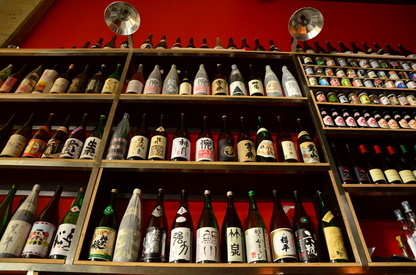
— In what ways are sake and wine similar?
I think sake can always be translated to wine. Sure, they are fundamentally different, but there are similarities. For example, if customers say they would like to finish off their meal with an Italian limoncello, I know they would like something citrusy and so I may offer them yuzushu. To be more specific, Taiheizan Shingetsu Kimoto is similar to a full-bodied chardonnay whereas Dassai 50 would be similar to a more aromatic Riesling. If you want aromatic stuff, I’d probably recommend ginjo or daiginjo, and some junmai, too. Tell me what sort of wine you like and I can come up with a sake version for you.
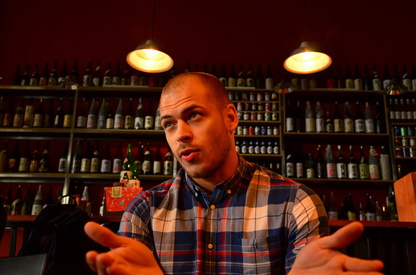
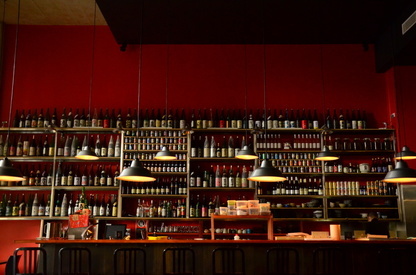
— How is the response of your customers?
We are very lucky to be in this area because the Surry Hills crowd is a lot more open to things. Thanks to all sorts of media, we are now well-known to be the specialists in sake in Surry Hills. This also explains why those who come here are not that against sake. But again, there are customers who don’t want to know about sake but just happy with a bottle of wine. In those cases, I just give them a little nip of something. For example, I will let them try some yamahai, which is stronger flavoured sake that can stand up to beef or teriyaki dishes . Most customers then realise that the two marrying very well, thus are more willing to try. Another good thing about Fujiyama is that unlike some places, you don’t have to buy the whole bottle but to try bit by bit.
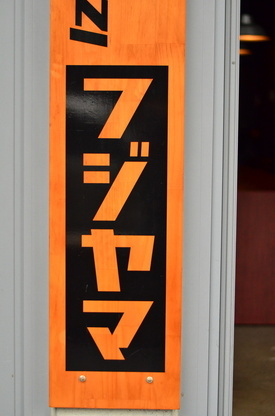

— How do you decide what to stock?
Basically with Kenji together because I don’t read many kanji. We usually sit down and look at the portfolio together and see what we need and what we are missing. Kenji is the owner and head chef, and I’m the sommelier, so we make decisions together and build up our own sake list.
— Can you please tell us more about Kenji?
I am lucky to work with Kenji because he is a very innovative chef. His previous experiences in all sorts of different cuisines – a fair bit of South American and French, made him create dishes that do not taste so traditional Japanese, at the same time, still traditional in methods. I think the izakaya style sort of stronger flavour dishes can merry up with drinks very well.
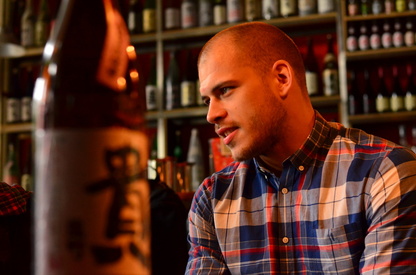
— How and where did you gain your sake knowledge?
I have bought and read as many books as I could, and have done some researches on my own. There are 107 different sake here at the moment, which I can try and learn.
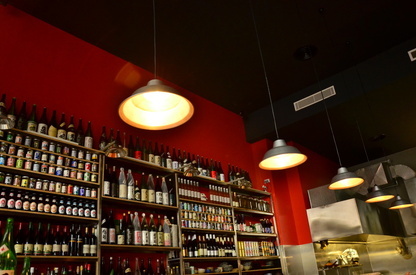
— Do you speak Japanese?
Sake language, some basic words and greetings.
— Have you been to Sake Breweries in Japan?
No, I have never been to Japan yet but I’m planning to go there next year.

— What are your future plans?
I think we are doing very well at the moment. We have built up a good regular customer base, and now, try to get more people to open up to sake and to get used to the izakaya style of dining. You don’t have to order everything at once but just order as you go.
The sake list is in good shape in terms of numbers and diversity but we are going to expand on it. We would probably introduce a degustation menu and hopefully started to open for lunch as well.
— A word to first-timers?
Try as many sake as you can. Once you realise that there is a lot more to sake than you previously thought, you will just fall in love with sake.
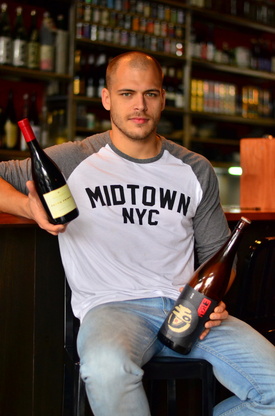
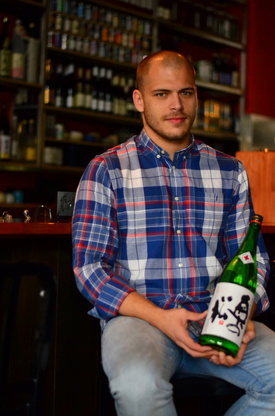
—————————————————————————————-

IZAKAYA FUJIYAMA
http://www.izakayafujiyama.com
Shop G09, 38-52 Waterloo Street Surry Hills NSW 2010
TEL: 02 9698 2797
Please note that bookings are not taken at Izakaya Fujimaya
Opening Hours:
Monday – Wednesday 6pm – 10pm
Thursday – Sataurday Dinner 6pm till late



